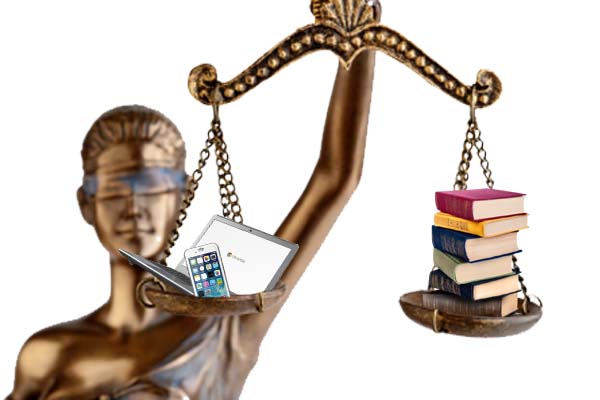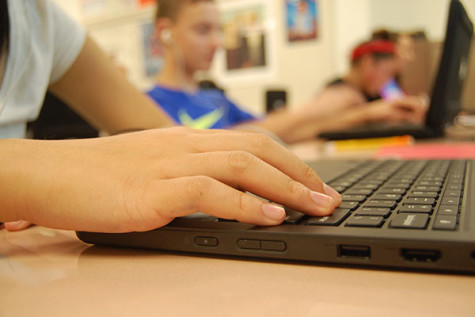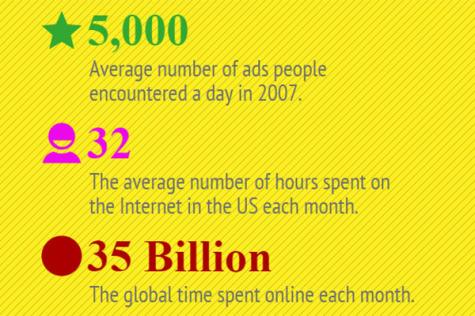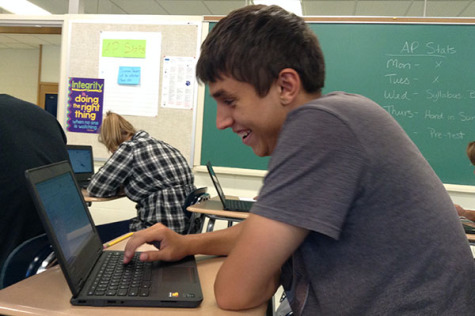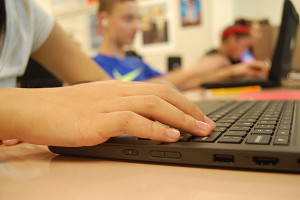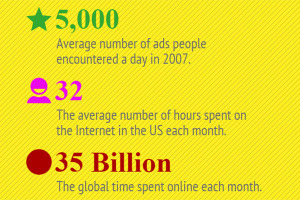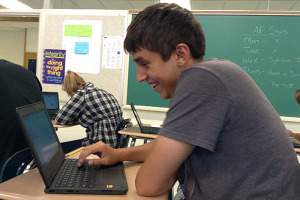Bridging a Bulldog divide
Integration of technology into fabric of RB’s education. Is it worth it?
December 18, 2015
If you attend Riverside Brookfield High School and have a Twitter account, chances are you have seen the new accounts run by RB administration. Some students believe that these accounts are proactive in spreading information and promoting school spirit by re-tweeting club and sports accounts, or posting about current events within the school. To others who fear invasion of personal life and think that the line between students and administration has been crossed, these accounts may not be a positive thing.
Regardless of the opinion, the creation of these Twitter accounts are a part of something much bigger. In the age of fast-paced innovation, Twitter is just one outlet to push the integration of technology. At RB we have seen it through Twitter, and more prominently through our integration of the Chromebooks. This change directly impacts freshmen, though the shift is felt by everyone.
This change does not come without resistance. Although the freshmen of RB get to experience the Chromebooks, the other classes do not. They still have to rent out computer labs and hand-write their notes. In classes with a combination of freshmen and non-freshmen, Chromebooks are not used consistently. Some ask questions of practicality when it comes to test taking. How are teachers supposed to monitor all of the Chromebooks at once? What about health concerns and eye problems that develop from looking too long at a screen? Since we are in the middle of this conversion, some claim that neither teachers or students completely know what they’re doing, and that it just complicates the learning environment.
On the other hand, integrating Chromebooks into a high school setting may be ahead of it’s time, but universities are using online textbooks now more than ever. Our education systems are outdated. This is the future and it is inevitable. Chromebooks make teachers lives easier by accessibility. Websites can be visited and homework can be shared instantaneously on the Chromebooks. It will eventually create a new normal, where all students will have internet access, regardless of their background.
Whether you are for or against the integration of technology, we cannot deny that as a school district we are in a transitional period. Our school’s goal is that in four years all students will be using a Chromebook and have it be used consistently. There is no set way of teaching, and we are trying to figure out how to incorporate the new into the old. There definitely needs to be a balance between technology and traditional learning styles.
The next generation will be technologically savvy in part because of initiatives much like the ones RB is taking to incorporate technology into education. Teachers as well as students need to find balance in their classes. In the end, time will only tell if the integration of technology into the fabric of RB’s education is worth it.
The entire Clarion staff contributed to this editorial. The 2015-16 Clarion staff includes:
Niko Radicanin, McKenna Powers, Morgan Divittorio, Alexia Kingzette, Kiera Donnamario, Paul Kritikos, Zach Hundrieser, Galen Alaks, Nick Rogoz, Brandon Bennett, Cameron Bolton, Michael Fanta, Isabel Hughes, Lauren Lambros, Pawaran Mongkhonkham, Vivian Pina, Ariana Porras, Connor Robey, Micah Rookus

